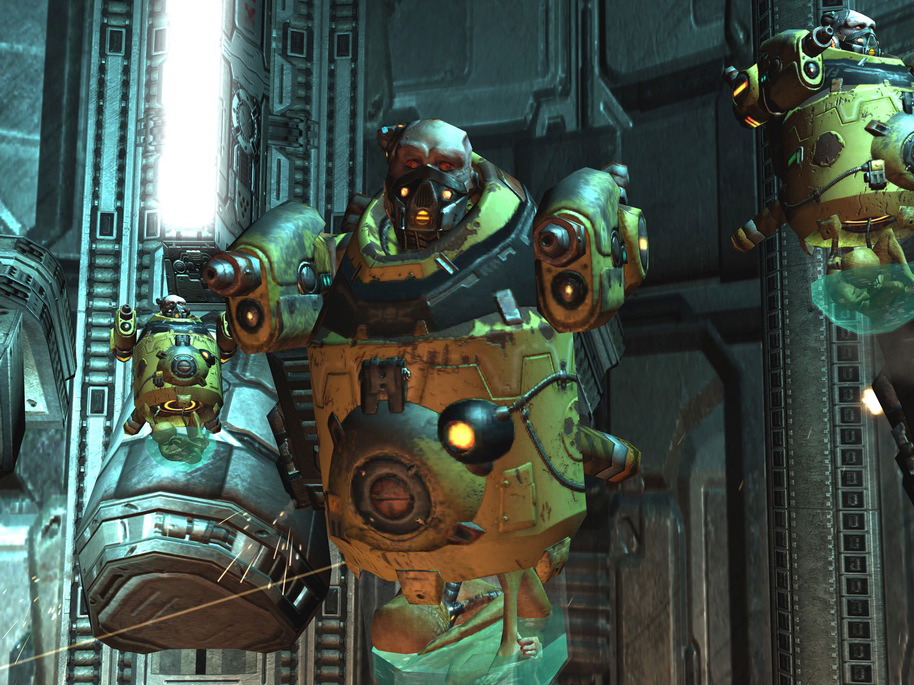
Some of the water/lava can appear a bit bright, and some items in water, such as zombies or floating keys, can render slightly odd. You can see the difference, and it certainly is impressive. On the left is a standard rendered version using GLQuake, on the right is the TenebraeQuake version.

Explosions look amazing, fire and smoke are rendered superbly, and there is smoke too. It adds extra detail to Quake, such as advanced shadowing, bump-mapping, and lighting. TenebraeQuake is more than just a modern front end. I even ran the timedemo: it racked up 59.2 fps, moving at an incredible speed. Rendered in super high resolution and playing as smooth as butter, this game – which is nearly 20 years old – looks phenomenal.
#QUAKE 4 MAC FULL#
As you can imagine, it has no problems playing it, and at 1366×768 full screen it looks absolutely beautiful.

I am running TenebraeQuake on a 1.7 GHz i5 11” MacBook Air with 8 GB RAM. You can also select whether to play a music CD or a folder of MP3 as your background music, which is a nice touch. You have options to customise your settings, such as resolution and whether to run full screen or not. I have tried a few front ends for Quake and have found TenebraeQuake to be the best. I have tested it in OS X 10.11 El Capitan, and it works perfectly. Luckily there are number of people who build new Intel front ends that can enable a game designed to run on early Power Mac and PowerBook G3 machines running around the 250 MHz mark to play on modern Macs running at 2 GHz and the likes. Older games can be tricky to play on a modern Mac, as most of them were designed for PowerPC with only a few of them being Universal Binary or having Intel front ends. All these added further to an immersive game experience that set the way for games after this.įast forward to 2015 and I still love playing those old games – and with hardware so advanced these days it makes the experience even better. Lighting and blood splatter looked realistic. The maps were rendered with smooth walls, detailed extras, and fantastically rendered enemies.

I remember seeing Turok Dinosaur Hunter and Need For Speed 3 for the first time rendered on a Pentium PC which had an Orchid Righteous 3Dfx add-on card in, and it blew me away.Ĭompared to earlier first person shooters, Quake looked so modern, but adding 3D acceleration with GLQuake made the experience out of this world. The introduction of 3Dfx and OpenGL rendering gave gaming on a computer a massive advantage over consoles. It would run on a Pentium PC and was later ported to the Mac and several consoles. Sequels followed, and the Quake line was established as one of the biggest series of first person shooters. The speed and quality of gameplay was superb for 1996 when it was released, especially considering the hardware.

While the Doom engine was 2D cleverly rendered to appear 3D, the Quake engine featured true 3D rendering along with superior graphics and lighting.
#QUAKE 4 MAC SOFTWARE#
The early ‘90s saw id Software take the first person shooter genre by storm with the Doom series, but it wasn’t until they released Quake that we saw true 3D graphics and rendering.
#QUAKE 4 MAC FOR MAC OS#
I take a look at the TenebraeQuake front end for Mac OS X, which also enhances the graphics. Quake spawned a new era of first person shooters.


 0 kommentar(er)
0 kommentar(er)
